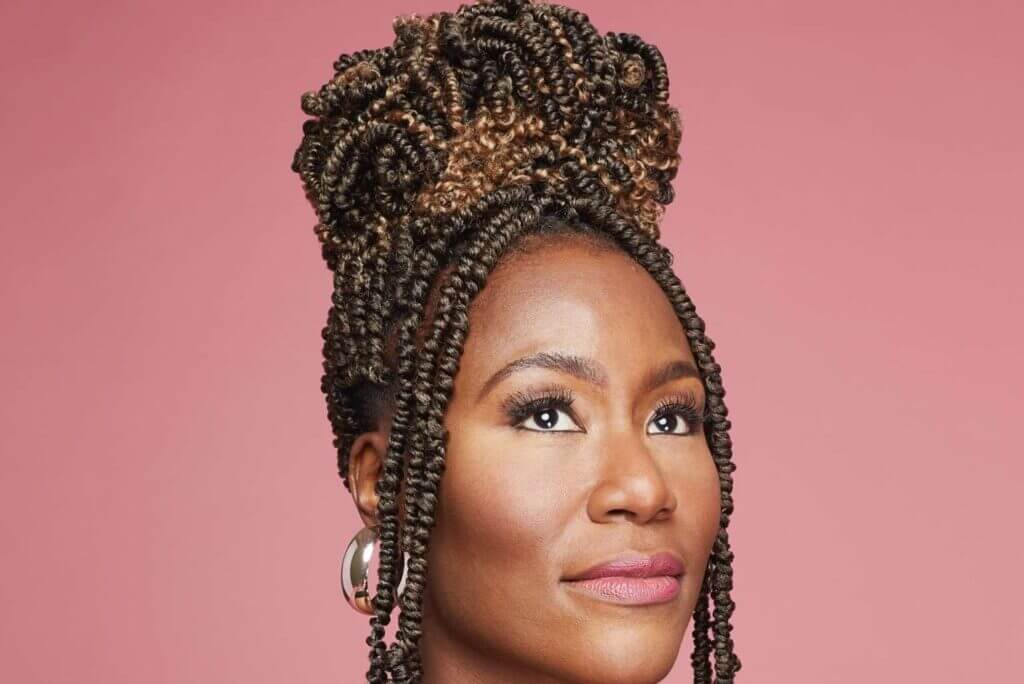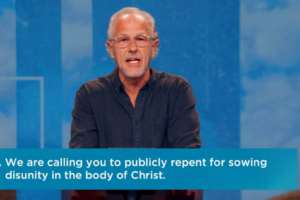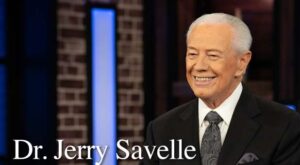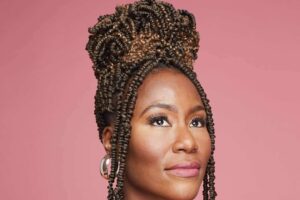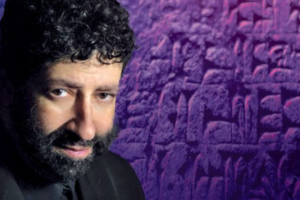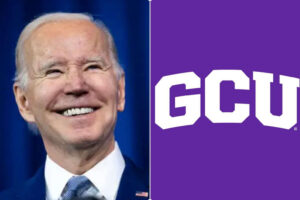A New York Times examination of how pornography affects how teens think about sex reported that Pornhub, the most popular pornography site, draws 80 million visitors a day—more traffic than Pinterest, Tumblr or PayPal.
“Teenagers, or anyone else with a smartphone,” the Times reports, “have easy access to sexually explicit material just about anywhere or anytime. Yet there is little real conversation about teenagers’ porn consumption and what they are learning from it.”
Southern Evangelical Seminary (SES, ses.edu) often considers issues of morality and technology and how ethics intersects with both through its Center for the “Ethics of Emerging Technologies.” For decades, SES president and evangelical leader Dr. Richard Land has championed a biblical and Christian perspective on social, moral and ethical concerns, through his quarter-century presidency of the Ethics & Religious Liberty Commission and through other venues.
Through the Center for the Ethics of Emerging Technologies, Land and the seminary take on tough issues like the accessibility of pornography to Americans of all ages—especially children, teens and young adults.
The overall theme of the New York Times report was that the online porn teenagers have seen affects how they think about the opposite sex, how their future partners may react to them and how they think they should act as well—all based on the twisted perspective of pornography. The story also highlighted a class for Boston high-schoolers called “Porn Literacy,” which teaches students to examine how sexuality, gender, race, aggression, body image and other components are portrayed in pornography.
“If it sounds like high school is too young to be delving into such sensitive topics,” Land said, “consider this: most boys are around the age of 13 when they first see pornography online and most girls are 14. A University of New Hampshire study found that 93 percent of males saw online porn before they were 18. We already know from other surveys that most of the nation believes moral values are getting worse. And when it comes to porn, a Gallup Poll in May 2017 found that 36 percent say that pornography is ‘morally acceptable’—just about a third of the nation, but up 6 percentage points from just 2011, when the question was first posed.
“Given the tremendous growth of the pornography industry with the rise of the internet and its negative impact on our mainstream entertainment, the relatively low numbers on approval of pornography are, for now, encouraging,” Land added. “As destructive as pornography is to individuals and to relationships, it is comforting to hear that only 36 percent of Americans find viewing pornography ‘morally acceptable.’ I would include myself among those who would say that it is a sign of moral decline itself, that people view an ‘only’ 36 percent finding pornography ‘morally acceptable’ as a ‘good’ sign.”
Land added that the rampant presence of ever more explicit pornography has severely impacted the nation’s morals and led to ever greater acceptance of ever more deviant material. But, at least acceptance of pornography (36 percent) lags behind unmarried sex (69 percent “morally acceptable”) and gay/lesbian relations (63 percent) on the nation’s moral compass.
“If pornography ever reaches these levels of moral acceptability in American society,” Land said, “then all the other nontraditional behaviors will increase to much higher levels. Hard-core pornography’s ability to redefine moral deviance down to an ever-lower new ‘normal’ is truly as dangerous as it is impressive. Americans who want to see moral reformation or ‘re–formation’ in their culture should do all they can to confront and minimize pornography’s impact on the nation’s citizens, especially its young people. Pornography is the propaganda for a paganized sexual morality that will submerge our culture in a tidal wave of sexual deviance if uncontested and uncontrolled.
“Every church, temple, mosque and synagogue in America should consciously seek to be part of a pornography-free counterculture that attempts to inoculate its membership in age-applicable ways against pornography’s seductive blandishments,” he concluded. “In so doing, these religious Americans of all persuasions can help ensure the 36 percent ‘morally acceptable’ rate on pornography goes down rather than up in the future.”
See an error in this article?
To contact us or to submit an article



